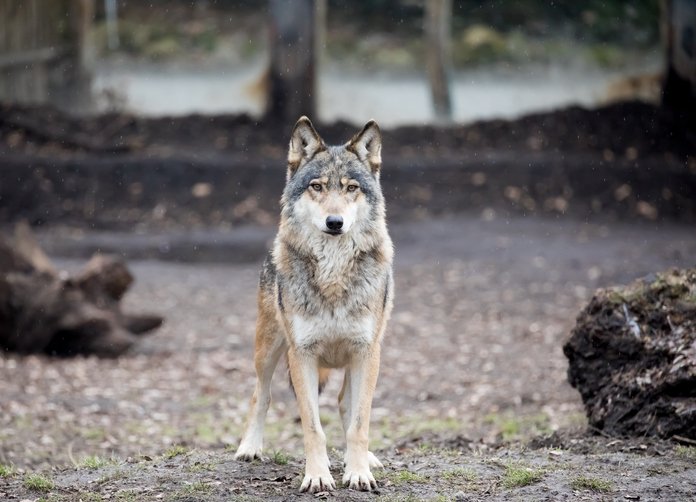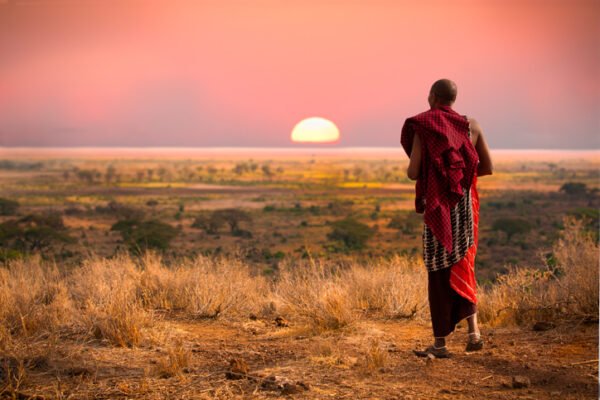Beaver populations, once robust across the West, declined roughly 90% after settler colonialism and are now nonexistent in many streams, meaning ecosystem services are going unprovided, the authors say.
The rewilding plan would produce profound cascading effects, say the authors, and could ultimately benefit many of the ’92 threatened and endangered species across nine taxonomic groups: five amphibians, five birds, two crustaceans, 22 fishes, 39 flowering plants, five insects, 11 mammals, one reptile, and two snail species.’
Compensating livestock farmers
The paper identifies areas, each at least 5,000 square kilometres, of contiguous, federally managed lands containing prime wolf habitat. The states in the proposed Western Rewilding Network, which would cover nearly 500,000 square kilometres, are Oregon, Washington, California, Nevada, Idaho, Montana, Wyoming, Colorado, Arizona, New Mexico and Utah.
The authors cite a number of costs to their bold initiative, including payments to any livestock farmers, who should get just reimbursement for lost grazing allotments on federal lands.
‘We suggest the removal of grazing on federal allotments from approximately 285,000 square kilometres within the rewilding network, representing 29% of the total 985,000 square kilometres of federal lands in the 11 western states that are annually grazed’, Beschta said. ‘That means we need an economically and socially just federal compensation programme for those who give up their grazing permits. Rewilding will be most effective when participation concerns for all stakeholders are considered, including Indigenous people and their governments.’
Ripple and colleagues argue that these challenges will ultimately prove navigable, in part because meat derived from forage on federal lands accounts for only about 2% of the nation’s production.
Furthermore, say the authors, the time is ripe for ‘ultra ambitious action’, given the ‘unprecedented period of converging crises in the American West, including extended drought and water scarcity, extreme heat waves, massive fires triggered at least partly by climate change, and biodiversity loss.’
 Play Video about This Rock Might Just Save The World
Play Video about This Rock Might Just Save The World Play Video about Play 2 hours of rock
Play Video about Play 2 hours of rock Play Video about Play 2 hours of brook
Play Video about Play 2 hours of brook Play Video about Play 2 hours of sheep
Play Video about Play 2 hours of sheep











































